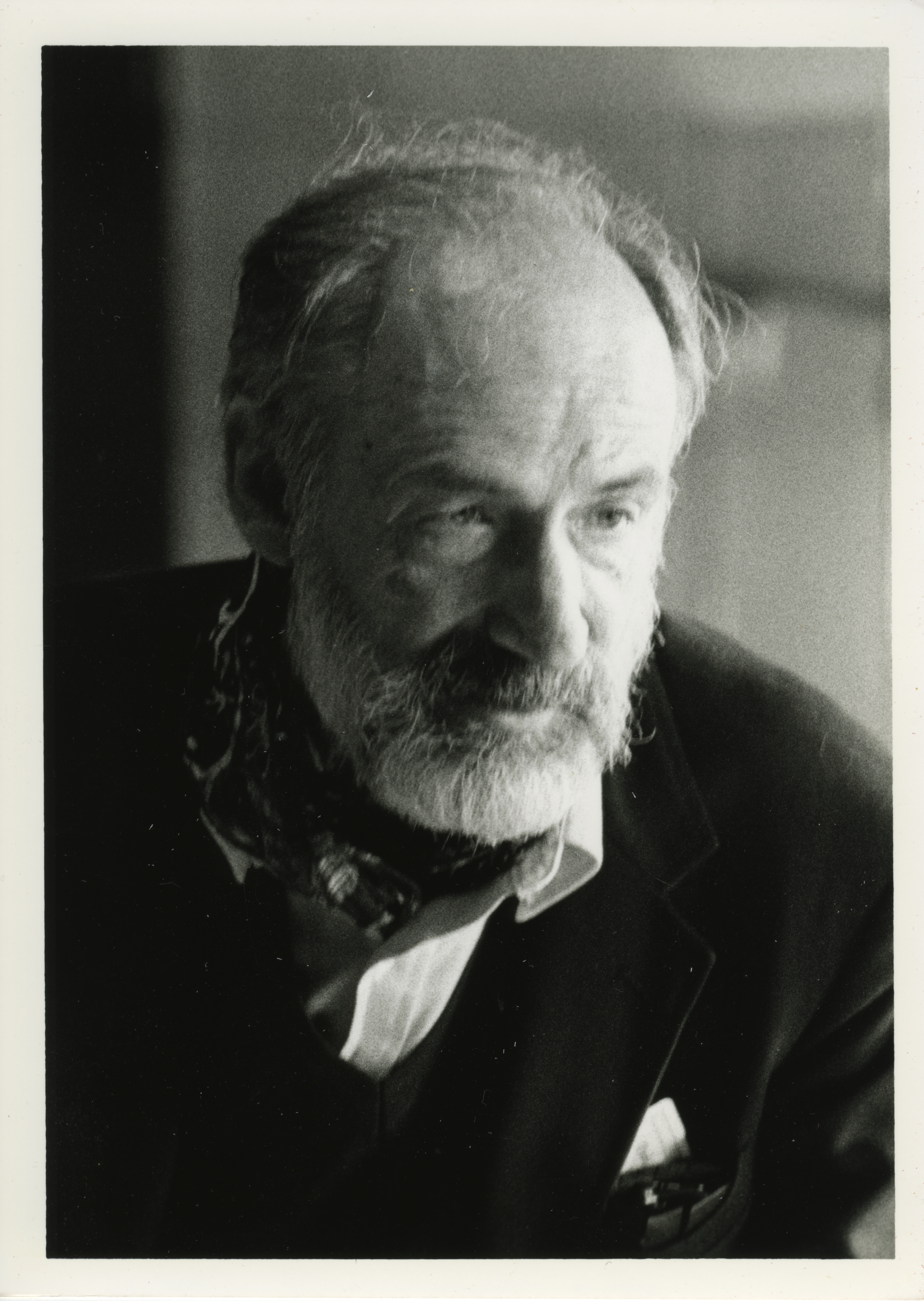|
Timeline Of Abelian Varieties
This is a timeline of the theory of abelian varieties in algebraic geometry, including elliptic curves. Early history * c. 1000 Al-Karaji writes on congruent numbers Seventeenth century * Fermat studies descent for elliptic curves * 1643 Fermat poses an elliptic curve Diophantine equation * 1670 Fermat's son published his ''Diophantus'' with notes Eighteenth century * 1718 Giulio Carlo Fagnano dei Toschi, studies the rectification of the lemniscate, addition results for elliptic integrals. * 1736 Leonhard Euler writes on the pendulum equation without the small-angle approximation. * 1738 Euler writes on curves of genus 1 considered by Fermat and Frenicle * 1750 Euler writes on elliptic integrals * 23 December 1751 – 27 January 1752: Birth of the theory of elliptic functions, according to later remarks of Jacobi, as Euler writes on Fagnano's work. * 1775 John Landen publishes Landen's transformation, an isogeny formula. * 1786 Adrien-Marie Legendre begins to write on ... [...More Info...] [...Related Items...] OR: [Wikipedia] [Google] [Baidu] |
Abelian Varieties
In mathematics, particularly in algebraic geometry, complex analysis and algebraic number theory, an abelian variety is a projective algebraic variety that is also an algebraic group, i.e., has a group law that can be defined by regular functions. Abelian varieties are at the same time among the most studied objects in algebraic geometry and indispensable tools for much research on other topics in algebraic geometry and number theory. An abelian variety can be defined by equations having coefficients in any field; the variety is then said to be defined ''over'' that field. Historically the first abelian varieties to be studied were those defined over the field of complex numbers. Such abelian varieties turn out to be exactly those complex tori that can be embedded into a complex projective space. Abelian varieties defined over algebraic number fields are a special case, which is important also from the viewpoint of number theory. Localization techniques lead naturally from abe ... [...More Info...] [...Related Items...] OR: [Wikipedia] [Google] [Baidu] |
Isogeny
In mathematics, in particular, in algebraic geometry, an isogeny is a morphism of algebraic groups (also known as group varieties) that is surjective and has a finite kernel. If the groups are abelian varieties, then any morphism of the underlying algebraic varieties which is surjective with finite fibres is automatically an isogeny, provided that . Such an isogeny then provides a group homomorphism between the groups of -valued points of and , for any field over which is defined. The terms "isogeny" and "isogenous" come from the Greek word ισογενη-ς, meaning "equal in kind or nature". The term "isogeny" was introduced by Weil; before this, the term "isomorphism" was somewhat confusingly used for what is now called an isogeny. Case of abelian varieties For abelian varieties, such as elliptic curves, this notion can also be formulated as follows: Let ''E''1 and ''E''2 be abelian varieties of the same dimension over a field ''k''. An isogeny between ''E''1 and ''E''2 ... [...More Info...] [...Related Items...] OR: [Wikipedia] [Google] [Baidu] |
Dale Husemoller
Dale Husemöller (also spelled Husemoller) is an American mathematician specializing in algebraic topology and homological algebra who is known for his books on fibre bundles, elliptic curves, and, in collaboration with John Milnor, symmetric bilinear forms. Life and career Husemöller was born in 1933 in Austin, Minnesota, USA. He earned his BA in mathematics at the University of Minnesota (December 1952). He began his graduate career there as a physicist, transferring to Harvard University in 1953. There, he switched from physics to the PhD program in mathematics. He completed his Ph.D. at Harvard University in 1959. His doctoral supervisor was Lars Ahlfors. His dissertation topic was ''Mappings, Automorphisms and Coverings of Riemann Surfaces''. After the PhD, he served on the faculty of the University of Rochester (1958-59) and the Pennsylvania State University (1959 to 1961). There his interests shifted to topology. He spent most of his career at Haverford College from ... [...More Info...] [...Related Items...] OR: [Wikipedia] [Google] [Baidu] |
Diophantine Geometry
In mathematics, Diophantine geometry is the study of Diophantine equations by means of powerful methods in algebraic geometry. By the 20th century it became clear for some mathematicians that methods of algebraic geometry are ideal tools to study these equations. Four theorems in Diophantine geometry which are of fundamental importance include: * Mordell–Weil Theorem * Roth's Theorem * Siegel's Theorem * Faltings's Theorem Background Serge Lang published a book ''Diophantine Geometry'' in the area in 1962, and by this book he coined the term "Diophantine Geometry". The traditional arrangement of material on Diophantine equations was by degree and number of variables, as in Mordell's ''Diophantine Equations'' (1969). Mordell's book starts with a remark on homogeneous equations ''f'' = 0 over the rational field, attributed to C. F. Gauss, that non-zero solutions in integers (even primitive lattice points) exist if non-zero rational solutions do, and notes a caveat of L. E. D ... [...More Info...] [...Related Items...] OR: [Wikipedia] [Google] [Baidu] |
Theta Function
In mathematics, theta functions are special functions of several complex variables. They show up in many topics, including Abelian varieties, moduli spaces, quadratic forms, and solitons. As Grassmann algebras, they appear in quantum field theory. The most common form of theta function is that occurring in the theory of elliptic functions. With respect to one of the complex variables (conventionally called ), a theta function has a property expressing its behavior with respect to the addition of a period of the associated elliptic functions, making it a quasiperiodic function. In the abstract theory this quasiperiodicity comes from the cohomology class of a line bundle on a complex torus, a condition of descent. One interpretation of theta functions when dealing with the heat equation is that "a theta function is a special function that describes the evolution of temperature on a segment domain subject to certain boundary conditions". Throughout this article, (e^)^ should b ... [...More Info...] [...Related Items...] OR: [Wikipedia] [Google] [Baidu] |
Carl Gustav Jacob Jacobi
Carl Gustav Jacob Jacobi (; ; 10 December 1804 – 18 February 1851) was a German mathematician who made fundamental contributions to elliptic functions, dynamics, differential equations, determinants, and number theory. His name is occasionally written as Carolus Gustavus Iacobus Iacobi in his Latin books, and his first name is sometimes given as Karl. Jacobi was the first Jewish mathematician to be appointed professor at a German university. Biography Jacobi was born of Ashkenazi Jewish parentage in Potsdam on 10 December 1804. He was the second of four children of banker Simon Jacobi. His elder brother Moritz von Jacobi would also become known later as an engineer and physicist. He was initially home schooled by his uncle Lehman, who instructed him in the classical languages and elements of mathematics. In 1816, the twelve-year-old Jacobi went to the Potsdam Gymnasium, where students were taught all the standard subjects: classical languages, history, philology, mathem ... [...More Info...] [...Related Items...] OR: [Wikipedia] [Google] [Baidu] |
Inversion Of Elliptic Integral
Inversion or inversions may refer to: Arts * , a French gay magazine (1924/1925) * ''Inversion'' (artwork), a 2005 temporary sculpture in Houston, Texas * Inversion (music), a term with various meanings in music theory and musical set theory * ''Inversions'' (novel) by Iain M. Banks * ''Inversion'' (video game), a 2012 third person shooter for Xbox 360, PlayStation 3, and PC * ''Inversions'' (EP), the 2014 extended play album by American rock music ensemble The Colourist * ''Inversions'' (album), a 2019 album by Belinda O'Hooley * ''Inversion'' (film), a 2016 Iranian film Linguistics and language * Inversion (linguistics), grammatical constructions where two expressions switch their order of appearance * Inversion (prosody), the reversal of the order of a foot's elements in poetry * Anastrophe, a figure of speech also known as an ''inversion'' Mathematics and logic * Involution (mathematics), a function that is its own inverse (when applied twice, the starting value is obt ... [...More Info...] [...Related Items...] OR: [Wikipedia] [Google] [Baidu] |
Niels Henrik Abel
Niels Henrik Abel ( , ; 5 August 1802 – 6 April 1829) was a Norwegian mathematician who made pioneering contributions in a variety of fields. His most famous single result is the first complete proof demonstrating the impossibility of solving the general quintic equation in radicals. This question was one of the outstanding open problems of his day, and had been unresolved for over 250 years. He was also an innovator in the field of elliptic functions, discoverer of Abelian functions. He made his discoveries while living in poverty and died at the age of 26 from tuberculosis. Most of his work was done in six or seven years of his working life. Regarding Abel, the French mathematician Charles Hermite said: "Abel has left mathematicians enough to keep them busy for five hundred years." Another French mathematician, Adrien-Marie Legendre, said: "What a head the young Norwegian has!" The Abel Prize in mathematics, originally proposed in 1899 to complement the Nobel Prizes (but ... [...More Info...] [...Related Items...] OR: [Wikipedia] [Google] [Baidu] |
Complete Elliptic Integral
In integral calculus, an elliptic integral is one of a number of related functions defined as the value of certain integrals, which were first studied by Giulio Carlo de' Toschi di Fagnano, Giulio Fagnano and Leonhard Euler (). Their name originates from their originally arising in connection with the problem of finding the arc length of an ellipse. Modern mathematics defines an "elliptic integral" as any function (mathematics), function which can be expressed in the form f(x) = \int_^ R \left(t, \sqrt \right) \, dt, where is a rational function of its two arguments, is a polynomial of degree 3 or 4 with no repeated roots, and is a constant. In general, integrals in this form cannot be expressed in terms of elementary functions. Exceptions to this general rule are when has repeated roots, or when contains no odd powers of or if the integral is pseudo-elliptic. However, with the appropriate Integration by reduction formulae, reduction formula, every elliptic integral ca ... [...More Info...] [...Related Items...] OR: [Wikipedia] [Google] [Baidu] |
Lemniscate Function
In mathematics, the lemniscate elliptic functions are elliptic functions related to the arc length of the lemniscate of Bernoulli. They were first studied by Giulio Fagnano in 1718 and later by Leonhard Euler and Carl Friedrich Gauss, among others. The lemniscate sine and lemniscate cosine functions, usually written with the symbols and (sometimes the symbols and or and are used instead) are analogous to the trigonometric functions sine and cosine. While the trigonometric sine relates the arc length to the chord length in a unit-diameter circle x^2+y^2 = x, the lemniscate sine relates the arc length to the chord length of a lemniscate \bigl(x^2+y^2\bigr)^2=x^2-y^2. The lemniscate functions have periods related to a number called the lemniscate constant, the ratio of a lemniscate's perimeter to its diameter. This number is a quartic analog of the ( quadratic) , ratio of perimeter to diameter of a circle. As complex functions, and have a square period lattice (a mult ... [...More Info...] [...Related Items...] OR: [Wikipedia] [Google] [Baidu] |



